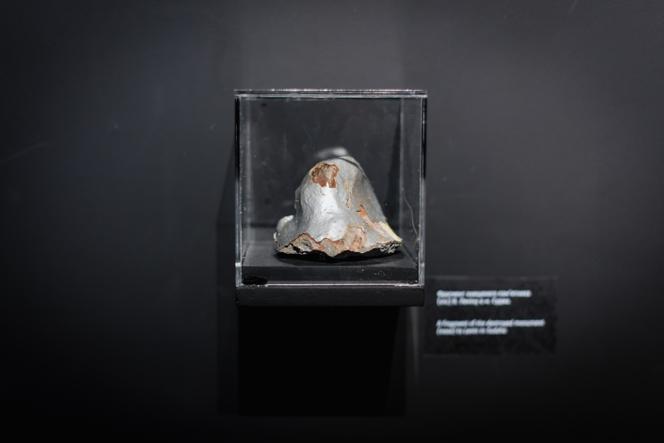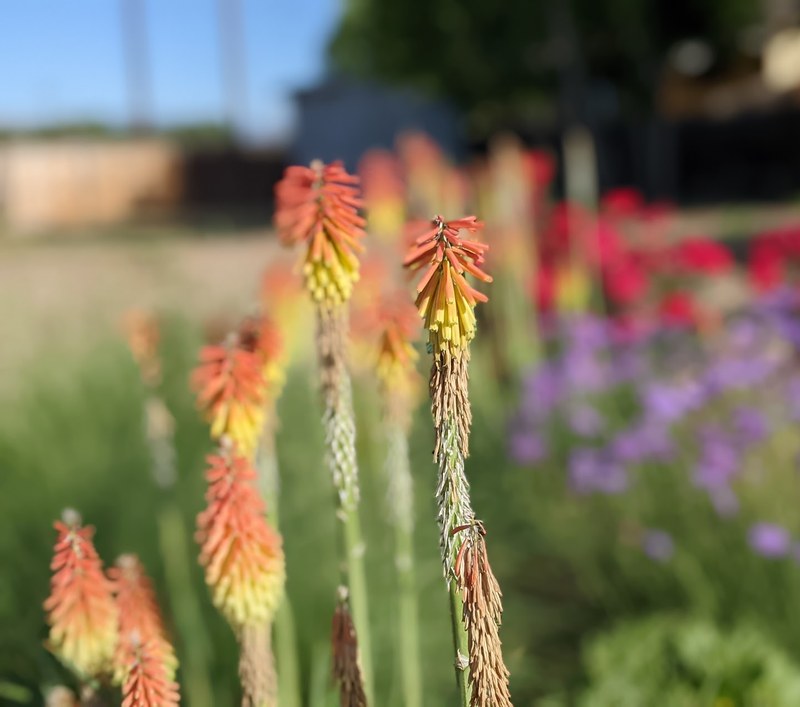In Kyiv, a museum dedicated to the war with Russia – Technologist
LETTER FROM KYIV
The operation is not yet over, but an exhibition in Kyiv is already dedicated to it. Just one month after the start of the Ukrainian offensive on the Russian region of Kursk on August 6, the capital’s largest museum has opened an exhibition looking back over the first few weeks. “We need to follow the dynamics of the war day by day,” said Yuriy Savchuk with a touch of pride on Wednesday, September 18. Savchuk has been the director of the National Museum of the History of Ukraine in the Second World War since 2021.
The exhibition, which begins with the history of the Ukrainian-Russian border regions over the last few centuries, is made up of photos taken in the Kursk region and a number of objects recovered from the soil of the Russian Federation. Visitors can discover a piece of the nose of a statue bearing the effigy of Vladimir Ilyich Lenin, blown off by a drone strike during the fighting, a poster of the American film Borderlands, screened in the cinema of the small Russian town of Sudzha, and a road sign indicating the opposite directions of Russia and Ukraine. It’s quite a symbol.
Unprecedentedly, the exhibits were collected by the museum’s director himself, who sneaked into the Kursk region on August 15, nine days after the start of the attack, in the company of a young photographer. “I’ve been to many of the territories liberated by the armed forces,” said the 59-year-old, “but this was the first time I’d been to Russia.”

For Savchuk, the challenge was to get there as quickly as possible. “I may have been the second civilian” to get there, he said, without naming the first. “It was very exciting, it was unbelievable,” said Savchuk, who appears wearing a bulletproof vest and helmet in a short video that is part of the experience. Despite the risk posed by the shelling “we would go to Russia and return to Sumy [the Ukrainian border region] in the evening, it lasted four days.”
‘We’re not making any claims’
The aim of the exhibition is to document the consequences of this unprecedented offensive on Russian soil, which was launched in total secrecy. Although the operation did not fundamentally change the course of the war, it was a serious blow to the Kremlin’s reputation, which saw a foreign army occupy part of its territory for the first time since the Second World War.
The entry of Kyiv’s forces into the invading country also served to boost Ukrainian morale. The historical illumination at the start of the route, featuring maps from the 18th and 19th centuries, is designed to remind visitors of the intertwined Ukrainian-Russian history of the two countries’ border regions. According to Savchuk, it’s a way of sending an “important message” to the Russian authorities: “Historical claims do not justify another country’s right to launch an attack.”
You have 47.42% of this article left to read. The rest is for subscribers only.


